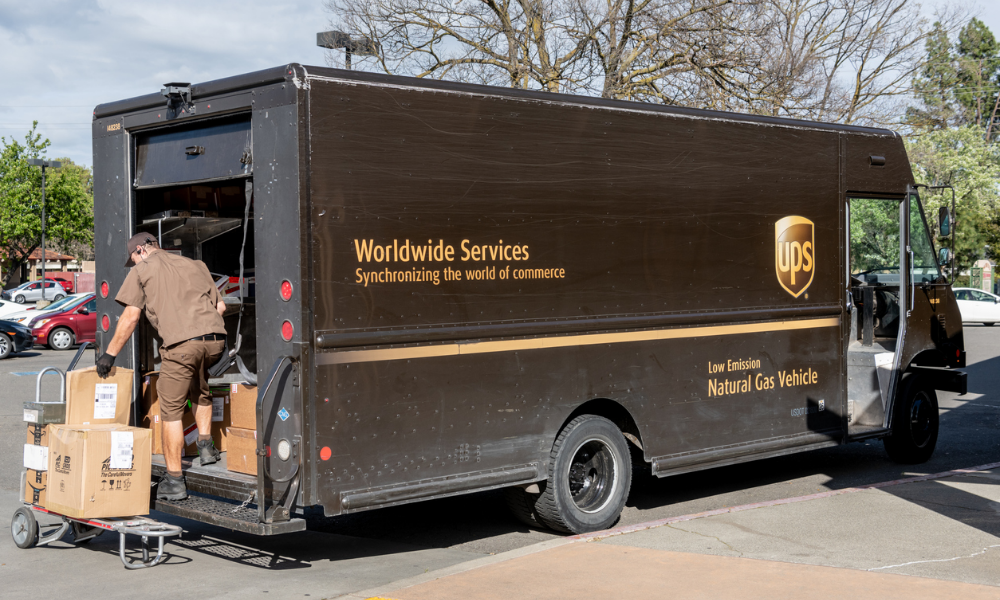
UPS driver alleged several injuries related to delivering packages

A medical evaluator’s report, which stated that the existence of a cumulative injury was a speculative concept, was not substantial evidence on the issue of whether an employee suffered cumulative injuries, a workers’ compensation panel said.
In the case of Kirkland vs. United Parcel Service and Liberty Mutual Insurance, United Parcel Service (UPS) employed the applicant as a package driver. He filed two workers’ compensation claims: the first alleged cumulative injuries to both shoulders during the period from May 10, 2013 to Jan. 31, 2014, while the second alleged right shoulder injury on Feb. 6, 2014.
A March 2015 report from Dr. Leo Van Dolson, the qualified medical evaluator, found that the applicant’s shoulder injury was non-industrial. Regarding the cumulative injury claim, the doctor said that the idea that activity at work typically injured one’s joints and the structures around the joints was generally “a bogus concept.”
In October 2015, the workers’ compensation administrative law judge approved the parties’ stipulations, which settled both claims and which were based on Dr. Van Dolson’s report. These stipulations stated that the shoulder injury did not cause the applicant any permanent disability, that there was no need for medical treatment, and that the applicant was entitled to future medical care upon demand.
Read more: Delivery driver alleges ankle injury after jumping from work truck
In December 2018, the applicant filed a petition to reopen both injury claims because he allegedly had new and further disability in both shoulders. In February 2019, the applicant filed a third workers’ compensation claim relating to alleged injuries to his neck, shoulders, hips, knees, mid-back, lower back, right arm, and right wrist during the period from Jan. 1, 2017 to Jan. 1, 2018.
A July 2019 report of Dr. Jeffrey Lundeen, the orthopedic medical examiner, concluded that the cumulative injury relating to the third claim affected the applicant’s bilateral elbows and forearms, hips, and knees, as well as aggravated his pre-existing neck pain, shoulder pain and lower back pain. In December 2019, the judge awarded the applicant compensation based on Dr. Lundeen’s report.
Last January, the judge canceled the October 2015 award. The judge made the following findings:
UPS successfully asked for a reconsideration from a panel of the Workers’ Compensation Appeals Board of California. The panel substituted the judge’s conclusions with the following findings.
First, the panel determined that the stipulations were inconsistent because they stated that the applicant suffered no industrial injuries to any body parts but entitled him to future medical care upon demand.
Read more: 5 key questions about workers’ compensation
Second, the panel held that Dr. Van Dolson’s report was not substantial evidence on the issue of whether there was cumulative injury arising out of and in the course of employment (AOE/COE). Thus, the report could not be the basis for the parties’ stipulations or the tribunal’s decisions, the panel said.
The doctor clearly did not believe in “cumulative injury,” which was legally mandated and which has been an integral part of the California workers’ compensation system for decades, the panel added.
Lastly, the panel decided that Dr. Lundeen’s report was not substantial evidence on the issue of injury AOE/COE in the first and second claims. This was because the report was limited to issues involving the third claim, the panel explained.